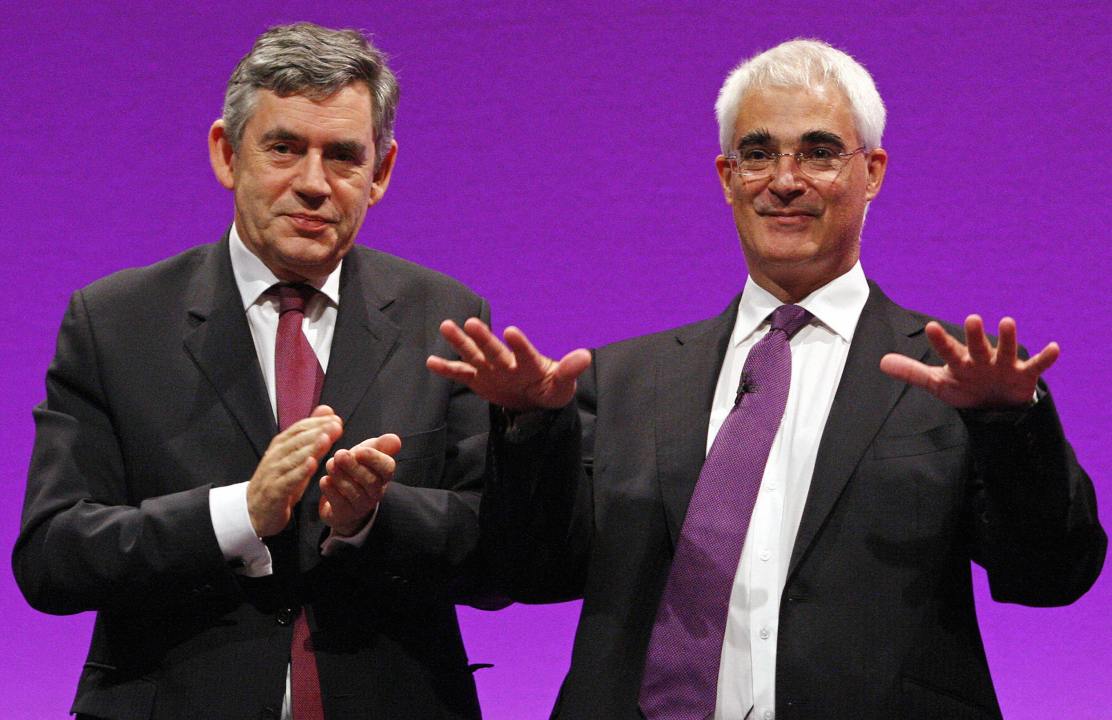 Why have we retained our AAA credit rating despite, by S&P’s figures, suffering a
larger debt-GDP ratio than America? The Taxpayers’ Alliance’s Matthew Sinclair answers the question in some detail here, but one passage from S&P’s own analysis stands out. They explain that:
Why have we retained our AAA credit rating despite, by S&P’s figures, suffering a
larger debt-GDP ratio than America? The Taxpayers’ Alliance’s Matthew Sinclair answers the question in some detail here, but one passage from S&P’s own analysis stands out. They explain that:
In other words, it’s all about trajectory. America’s debt mountain, it is thought, will still be growing as percentage of GDP by 2015. Whereas ours will start, ever so slowly, crumbling.“When comparing the U.S. to sovereigns with ‘AAA’ long-term ratings that we view as relevant peers–Canada, France, Germany, and the U.K.–we also observe, based on our base case scenarios for each, that the trajectory of the U.S.’s net public debt is diverging from the others. Including the U.S., we estimate that these five sovereigns will have net general government debt to GDP ratios this year ranging from 34% (Canada) to 80% (the U.K.), with the U.S. debt burden at 74%. By 2015, we project that their net public debt to GDP ratios will range between 30% (lowest, Canada) and 83% (highest, France), with the U.S. debt burden at 79%. However, in contrast with the U.S., we project that the net public debt burdens of these other sovereigns will begin to decline, either before or by 2015.”
(Okay, okay, that’s not the complete picture. The UK’s national debt will keep on rising in both real and cash terms. But, so long as the various forecasts for growth and deficit reduction hold, it is expected to start tailing off as a percentage of GDP around 2015. The OBR’s soothsayers currently have our debt at 70.9 per cent of GDP in 2013-14, then 70.5 per cent in 2014-15, and 69.1 per cent in 2015-16.)
But can the same be said of Alastair Darling’s plan for the public finances which, so far as we can tell, Ed Miliband broadly supports now? The answer is written into this graph, comparing the debt-GDP projections from Darling’s last Budget with those in this year’s Osbornian Budget:

So that’s a ‘no’, then. Or, to be specific: by the terms of Darling’s last Budget, debt would have been 74.5 per cent of GDP in 2013-14, then 74.9 per cent in 2014-15. As it happens, S&P even warned about this at the time, saying that “Additional spending measures will likely be required to put the public debt burden on a clear downward trajectory later in the current decade.”
Do feel free to pour wholesale quantities of salt over this news: a victorious Labour party might have altered their fiscal plans after the election; S&P may still take fright at British debt; the OBR’s forecasts may be unreliable, and so on. But, using the information in front of us, it seems that the thin sliver of difference between the Osborne and Darling plans could well matter. It may well be shielding us from a downgrade of our own — at least for now.







Comments